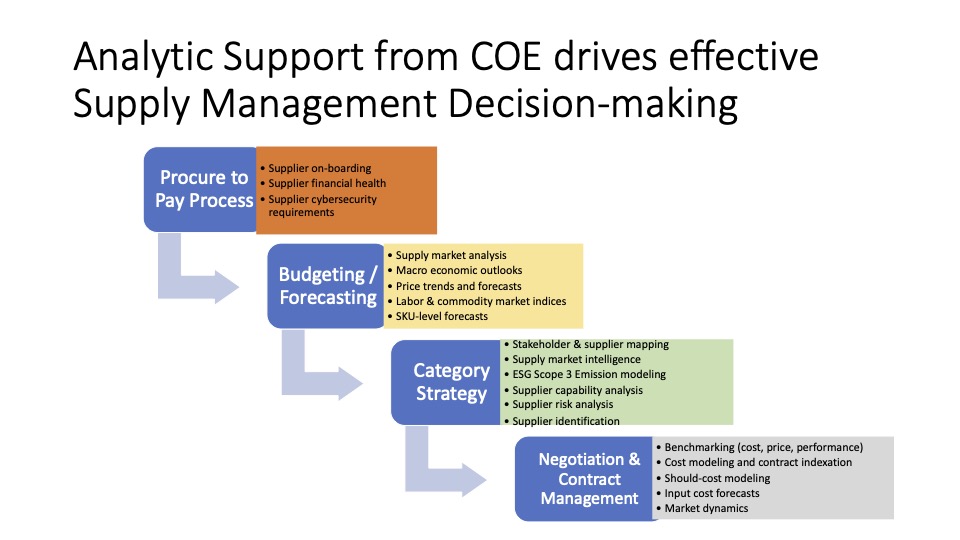Best Practices in Procure to Pay Cycle: Improve Forecasting for Maintenance and Planning for Emergencies – Part 7
The need to improve forecasting processes is a critical element in ensuring that maintenance needs are met in the P2P cycle. While maintenance is often an emergency, there are many scheduled maintenance activities that can be planned and communicated to suppliers. Even in emergency situations, having a plan in place with a designated supplier can avoid many of the problems that occur downstream in the P2P cycle. Too often, data, invoices, service entries, and other key elements are entered incorrectly due to a fundamental lack of planning and forecasting. These elements need to be incorporated into the design of new P2P systems.
Some of the comments include the following:
You need to convince maintenance that planning is a wonderful thing. They need to get into a maintenance culture of planning. The plan needs to be linked to resources. If they don’t plan like that – the supply chain people will be challenged on how to predict demand. By putting supply chain people closer to the customer, you can become better in managing that demand. You can move those goods requested into the right channels to position them properly. The people in the field should not be buyers, so you need to place buyers that can understand the maintenance people and translate their requirements into the system. We had one lady working at our facility in this role who knew the maintenance work better than the maintenance people! When they said we are taking the equipment down, she knew the library of materials and services required, and she was on the ball talking to the buyers and suppliers required to support that – before the maintenance people even put in the orders! The maintenance people came to trust her, and she was able to improve the predictability of demand which made it so much easier to work with our suppliers, rather than jerking them around at the last minute.
Even for emergency maintenance – the maintenance manager on duty HAS to know about it, and HAS to send in an email and write the requisition for PO generation. Another important best practice is that we have already pre-negotiated terms and conditions for all emergency services – and we have 3 vendors for EHS and boiler emergencies. When maintenance requires emergency work, the contract is already signed sealed and delivered at pre-negotiated rates. We treat emergencies as “natural” purchases. We pre-select the vendor, execute a PO with terms and conditions, and when the emergency occurs, costs are issued at the time of the work and the PO is issued at that time. If no emergency occurs, the PO is not used, and the vendor is not used. In effect – we know that emergencies will occur – but not when. So we do not treat them as an emergency, but as a known, predictable event that will inevitably occur. In routine maintenance – you know when you will need to be available. In emergency work – your JOB is to be available! The environmental piece of this is the biggest element that we need to be prepared for. As an example – at one facility – we have to keep water effluents at regulated levels – and the lakes that purify the waste water at certain water tables determine this. We regulate how much we pump on a regular basis – and measure tolerances. When a tornado raises the level of water in the lake – we cannot use the lake. So we have to have an emergency tanker service at the ready to take it to a holding pond. We know this will happen but now when, and pre-negotiate the business. It could happen zero times in a year, or 20! We don’t know


